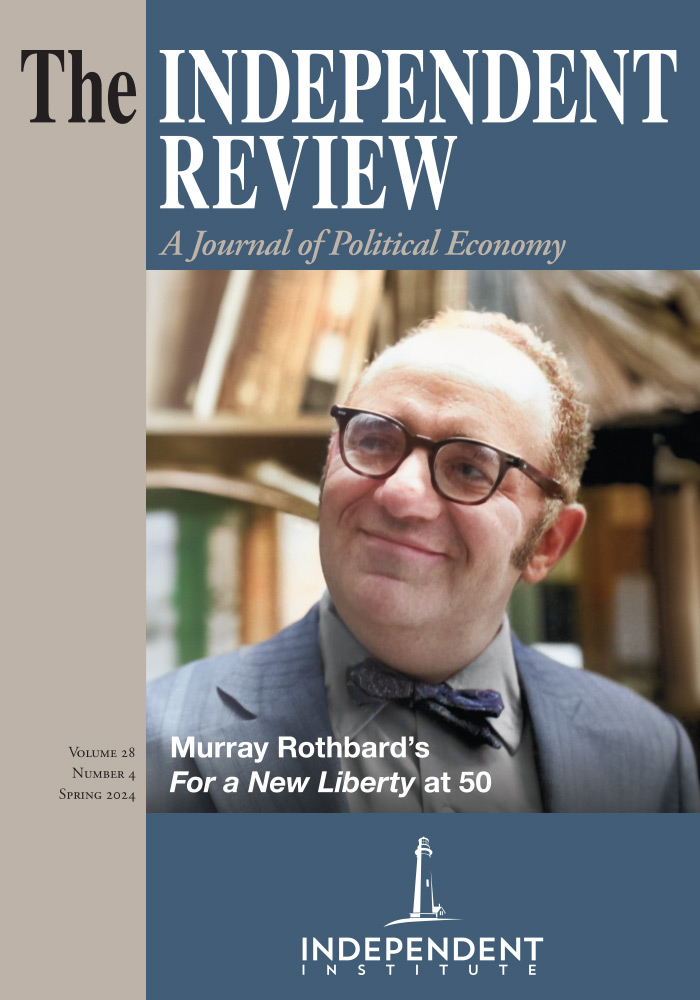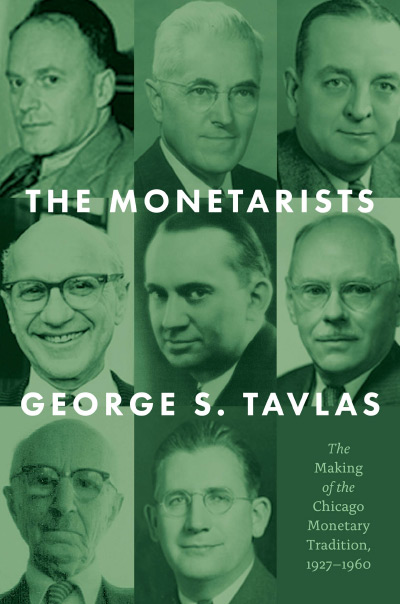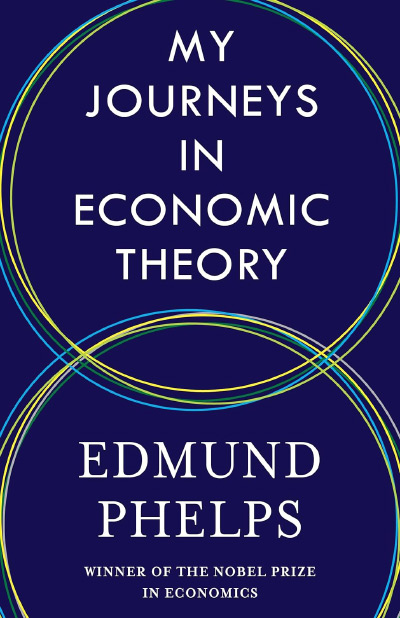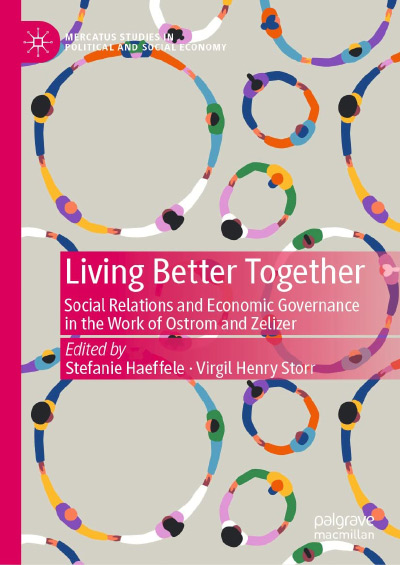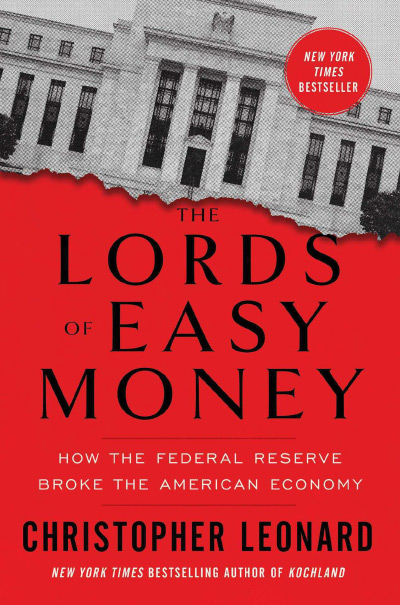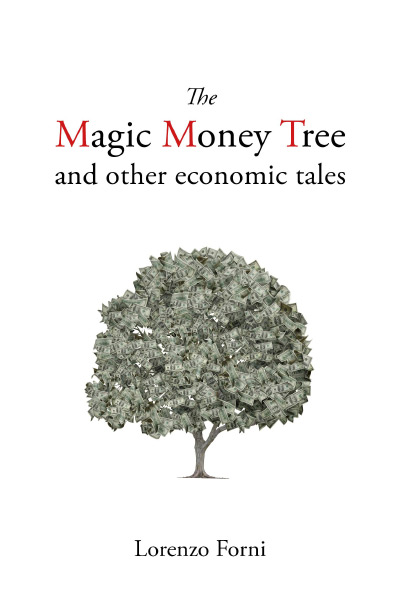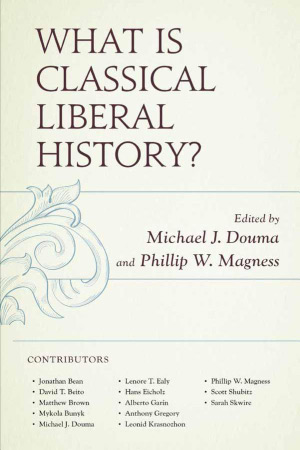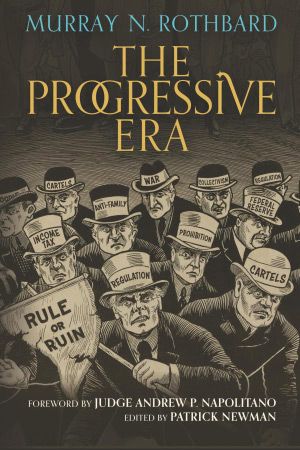There has been a longstanding debate about the existence of a “Chicago school” of economics that emphasizes free markets and limited government (Steven G. Medema, 2023, “Identifying a ‘Chicago School’ of Economics: On the Origins, Diffusion, and Evolving Meanings of a Famous Name Brand,” Journal of the History of Economic Thought, online, 1–32). One part of the debate has focused on monetary economics. In 1956, Milton Friedman famously claimed that his work on monetarism—the idea that inflation is a monetary phenomenon and that limiting the growth of the money supply to a steady 3 to 5 percent per year would tame inflation and dampen business cycles—grew out of an “oral tradition” of monetary economics at Chicago from the 1930s. Don Patinkin (1969, “The Chicago Tradition, the Quantity Theory, and Friedman,” Journal of Money, Credit and Banking 1, no. 1, 46–70) rejected the claim that there was something special about monetary economics at Chicago during this period, leading Friedman to partially withdraw his claim. Ever since, it has been generally believed that there was no particular or distinctive monetary analysis at Chicago prior to Friedman.
George Tavlas, formerly of the International Monetary Fund and currently at the Bank of Greece and the European Central Bank, has entered the fray with a deeply researched book on early Chicago monetary economics. His book will prove fascinating to anyone interested in the history of monetary theory, the origins of the Chicago school of economics, and the history of economics more broadly. Tavlas has mined the archives at Chicago and elsewhere to illuminate the contributions of Henry Simons, Jacob Viner, Frank Knight, Lloyd Mints, Paul Douglas, Aaron Director, and others on the Chicago faculty in the 1930s. His book considers their views on such issues as fiscal and monetary policy, fractional-reserve banking, business cycle fluctuations, exchange rate policy, and more. He traces the reception of their writings at the time and their influence on Friedman himself.
In doing so, Tavlas challenges the prevailing consensus that an earlier Chicago monetary tradition was invented by Friedman. Tavlas argues that there was a distinctive quantity theory of money tradition at Chicago in the 1930s and 1940s, that it was unique compared with monetary theories taught at other institutions such as Harvard and Yale, and that it did help shape Friedman’s later work.
Tavlas proceeds chronologically. Chapter 1 reviews the Friedman-Patinkin debate and sets the stage for the book. Chapter 2 focuses on “The Group,” the Chicago faculty colleagues who collaborated in formulating proposals about monetary and banking policy in the early 1930s. Chapter 3 focuses on differences of opinion within the Chicago department about how to analyze and address the Great Depression, such as Viner and Douglas who had distinctive and sometimes dissenting views from those of their colleagues. Chapter 4 examines the “Chicago Plan” for 100 percent reserves as a particular approach to monetary and banking policy. This famous document, which was a proposal to avoid monetary instability, gained renewed attention in the Great Recession of 2008–2009, and Tavlas puts it in doctrinal and historical perspective. Chapter 5 describes how the Chicagoans were pushed “into the academic wilderness” by the mid-1930s with the Keynesian revolution in economics, which sought to dispense with the quantity theory of money. Chapter 6 studies the Chicago “resistance” to Keynesian economics, focusing on the few writings of Mints, who along with Friedman (now in Chicago), helped sustain a monetary tradition on the Midway. This chapter is enriched by a discussion of Paul Douglas, who had become a U.S. senator, and of his continued interest in (and exchanges with Friedman on) monetary policy issues. Chapter 7, “The Counterattack,” focuses again on Mints and analyzes Friedman’s intellectual path to monetarism. Chapter 8, “The Monetarists,” addresses Friedman’s evolving views in the 1950s but stops short of considering his famous 1963 Monetary History of the United States with Anna J. Schwartz.
This book is a deep intellectual dive into Chicago monetary thought. The book is both original and comprehensive, drawing on a rich array of published and archival sources, and shows high standards of scholarship. The book is very rich in detail and even specialists will learn something from it. However, Tavlas does not fully examine as closely what was being taught at Harvard, Yale, and elsewhere, making it hard from this book alone to judge how distinctive Chicago was among its peer institutions.
The book is a very important contribution for specialists in the field, particularly those working in monetary economics and the history of economic thought. Given the continued interest in Milton Friedman and the evolution of his thought, this book will be an important resource for economists, historians, and other social scientists interested in Chicago and monetary economics. The book is not quite written in a way that makes it immediately accessible to a broad or lay audience, but it will be of interest to those working in various disciplines beyond economics, particularly those who are interested in the evolution of monetary economics with a special interest in the Great Depression.
Tavlas’s book is yet another sign that interest in Friedman and Chicago has not waned with the passage of time. What Tavlas does, however, is unique. In contrast to Edward Nelson’s massive study of Milton Friedman (2020, Milton Friedman and Economic Debate in the United States, 1932–1972, 2 vols., Chicago: University of Chicago Press), Tavlas is more interested in the ideas that Friedman imbibed and that contributed to his work. Tavlas’s book touches on similar themes that are in David Laidler’s book on interwar macroeconomics (1999, Fabricating the Keynesian Revolution, New York: Cambridge University Press) but with a Chicago-specific focus. Frank Steindl’s shorter book (1995, Monetary Interpretations of the Great Depression, Ann Arbor: University of Michigan Press) on monetary interpretations of the Great Depression is also less focused on Chicago. J. Daniel Hammond (1996, Theory and Measurement: Causality Issues in Milton Friedman’s Monetary Economics, New York: Cambridge University Press) examines the method used by Friedman in his Monetary History. Yet there really is no other book out there that deals with the whole of Chicago monetary economics like this one.

